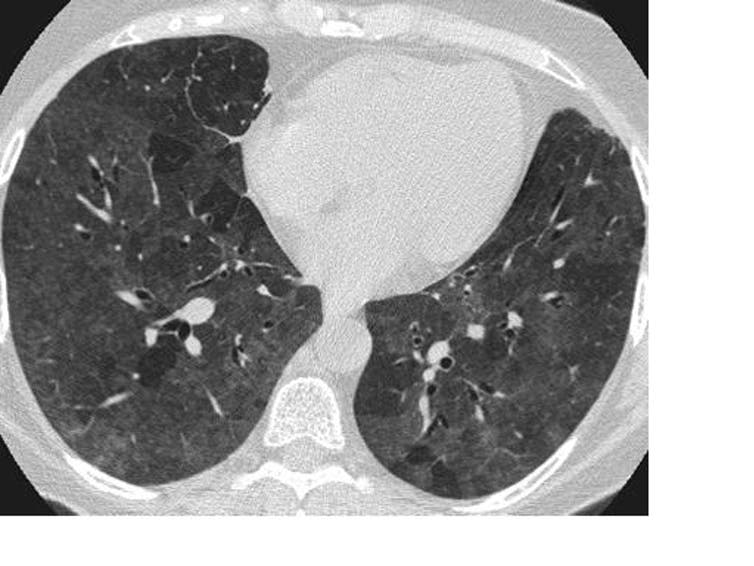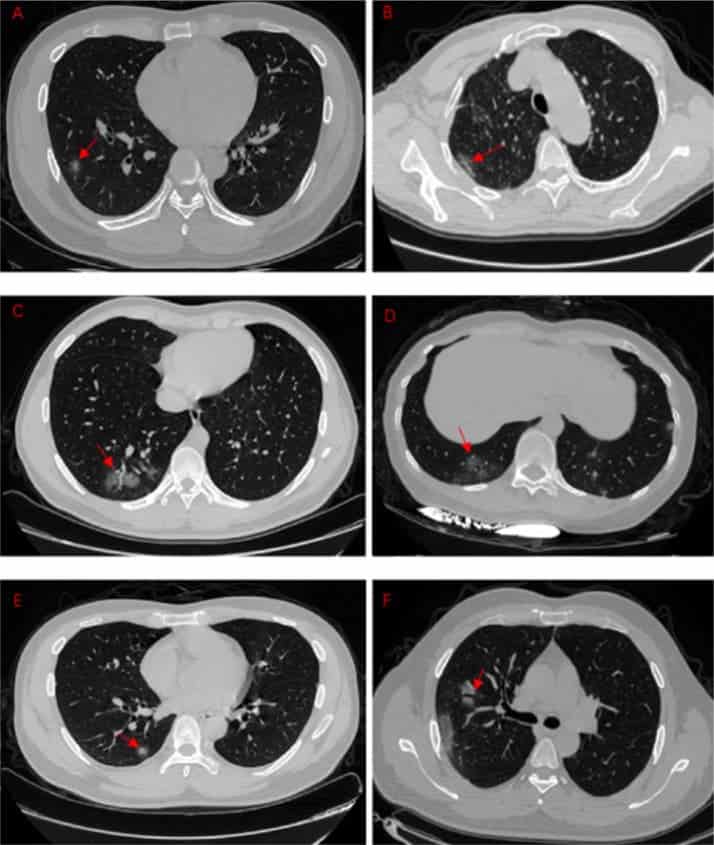
One of the biggest conundrums surrounding COVID-19 is its astonishing variability of disease prognosis. Take two people of identical demographics and one of them might end up in the ICU while the other might not even have any symptoms to show. This unpredictability is what partly makes this virus extremely challenging to contain. Yet, even though COVID-19 positive cases may be asymptomatic, that doesn’t mean that organs are spared from damage ‘under the hood’.
In a new study, Chinese researchers at Wuhan University performed high-resolution CT scans on 58 asymptomatic patients with COVID-19 who showed evidence of pneumonia. They were diagnosed with fluorescence reverse-transcriptase-polymerase chain reaction (fRT-PCR) assays.
Among the asymptomatic patients, 27% went on to develop symptoms after admission about 3.7 days after their diagnosis. Their symptoms included fever, cough, fatigue, shortness of breath, and diarrhea.
However, all patients showed some lung abnormalities when their CT scans were analyzed in detail, regardless of whether they had symptoms or not.
Less than half of the patients presented bilateral lesions, and 58% showed unilateral lung lesions (either in the left or right lung).
“Lesions were fused to form patchy, crazy-paving signs, or diffusion pattern, distributed in multiple lung lobes or bilateral, and a few patients showed consolidation in CT imaging,” the researchers wrote in The Journal of Infection.
So, although some COVID-19 patients might look completely fine despite testing positive, they might be internally suffering from silent lung damage.

A: single, pure GGO. B: Pleural parallel sign. C: Vascular thickening sign. D: Fine reticulation. E: Halo sign. F: Air bronchogram. Credit: The Journal of Infection.
These findings further complicate the picture of the pandemic, which scientists are still struggling to complete from scrambled jigsaw pieces.
What’s worrisome is that 30%-60% of COVID-19 pneumonia cases are among patients who had no symptoms or only mild symptoms. However, their ability to spread the virus is just as high as fully symptomatic cases. What’s more, the PCR tests used around the world to identify the coronavirus have a false-negative rate of up to 20%, meaning up to 1 in 5 people are wrongly told they don’t have the virus.
“In summary, CT images of asymptomatic cases with COVID-19 pneumonia have definite characteristics. Since the asymptomatic patients with COVID-19 is called “covert transmitter”, covert SARS-CoV-2 infections could be seeding new outbreaks, and some patients can progress rapidly in the short term,” the authors wrote in their study.
“Therefore, it is essential to pay attention to the surveillance of asymptomatic patients with COVID-19. CT examination plays a vital role in managing the current COVID-19 outbreak, for early detection of COVID-19 pneumonia, especially in the highly suspicious, asymptomatic cases with negative SARS-CoV-2 nucleic acid testing,” they concluded.









